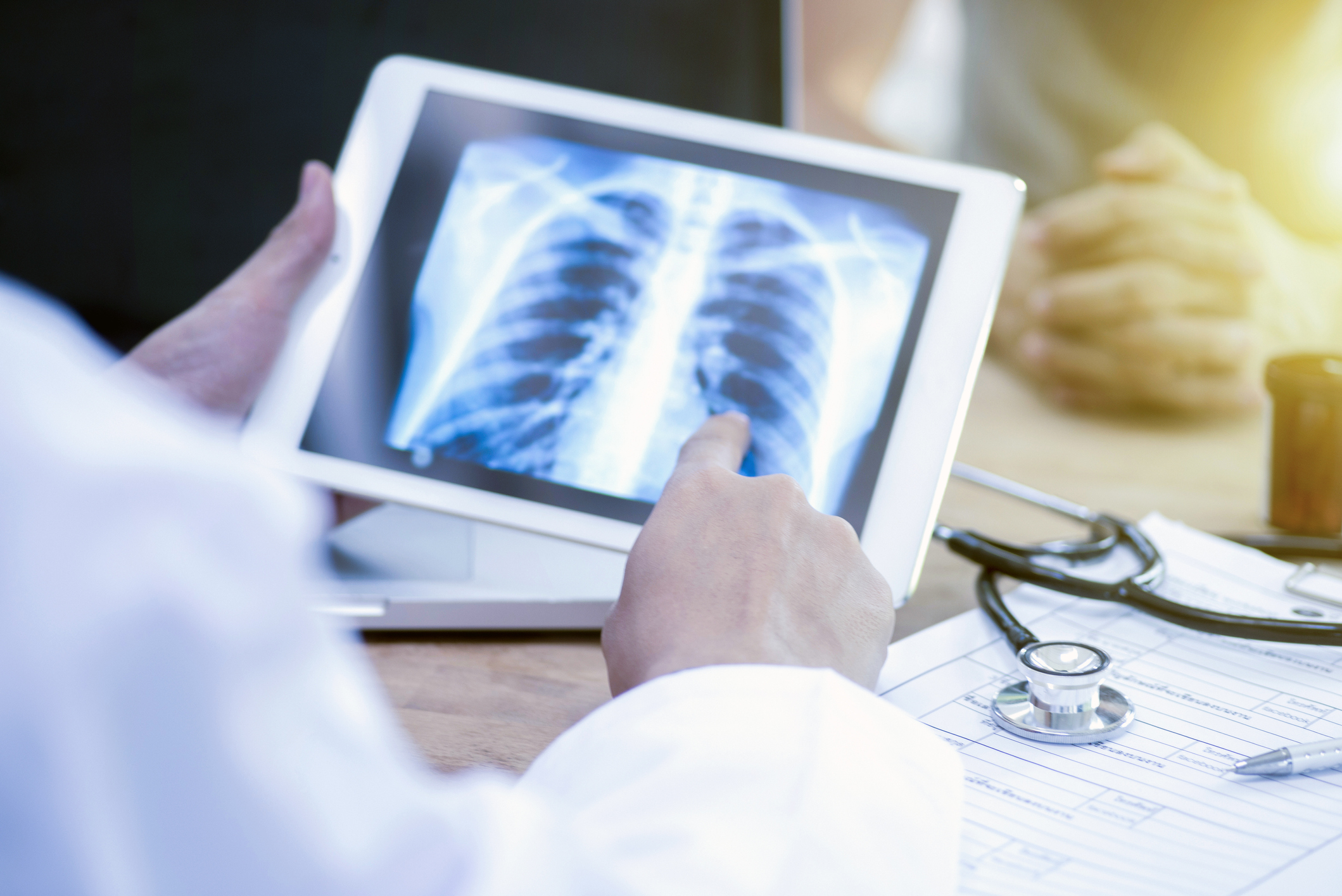
Tuberculosis (TB) is an infectious disease caused by the bacteria called Mycobacterium tuberculosis. TB that mainly affect the lungs is called Pulmonary Tuberculosis. However, TB can infect other organs of the body as well.
TB is an airborne disease, and it spreads to highly susceptible individuals through droplets inhalation that has been dispersed in the air when an infected individual (with Active Tuberculosis) sneezes, coughs or laughs.
If left untreated promptly and properly, active TB can lead to serious health complications. Not everyone with TB infection becomes sick and develops symptoms. In some people, the bacteria remain dormant and does not cause any symptoms.
People who spend a long time around individuals with untreated Active TB are at higher risk of contracting TB if they inhale the respiratory droplets spread by the infected individuals.
People with compromised or weakened immune system due to medical conditions like AIDS and cancer or those with underlying diseases like diabetes are also at greater risk of developing Active TB.
TB is one of the main diseases linked to poverty and is closely associated with malnutrition and overcrowding because the TB bacteria spreads easily in densely populated and unsanitary places.
Symptoms of Tuberculosis
People with an Active Pulmonary Tuberculosis infection can develop and exhibit the following symptoms:
- Coughing up blood
- Difficulty breathing and wheezing
- Fatigue
- Fever and chills
- Loss of appetite
- Persistent cough
- Sweating excessively, mainly at night
- Weight loss
Treatment Options for Tuberculosis
Active TB can be treated by helping the patient fight the Tuberculosis-causing bacteria. Treatment options include:
- Avoid contact with other people, by staying at home or being admitted to the hospital, to prevent the infection from spreading.
- A combination of anti-Tuberculosis drugs, to be taken for six to nine months. The most common drugs include:
- Isoniazid
- Rifampcin
- Pyrazinamide
- Ethambutol
- Streptomycin
- Prescribed drugs must be taken regularly until all bacteria is killed even if symptoms disappear to prevent the TB bacteria from developing resistance to the drugs used. Cure rate is greater than 95% if the patient is compliant.
- If TB bacteria becomes resistant to the drugs used, a different set of drugs is used, which have greater side effects and need to be taken for a longer period.
- The World Health Organisation has a programme called Directly Observing Treatment (DOT) that helps to supervise TB patients to take the correct dosage and combination of their anti-Tuberculosis drugs.
If TB becomes resistant to multiple drugs, this can become dangerous and lead to life-threatening complications. Permanent lung damage can occur, and the infection can spread to other organs within the body including but not limited to the gastrointestinal system, brain, bones and central nervous system, further exacerbating the condition.
Make an Appointment at Gleneagles Hospitals
If you suspect that you are experiencing symptoms of TB, get in touch with us to find out more about our Infectious Diseases Servicesat the nearest Gleneagles Hospital.



